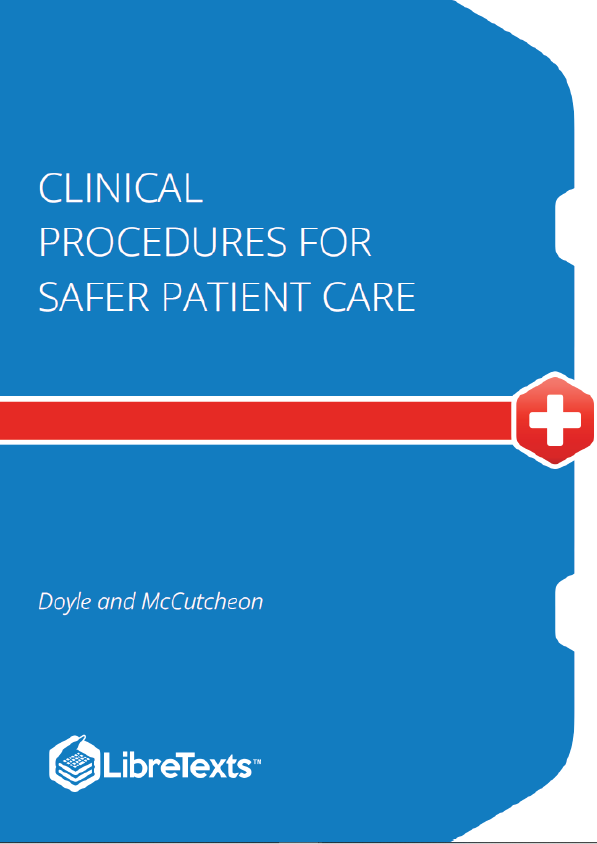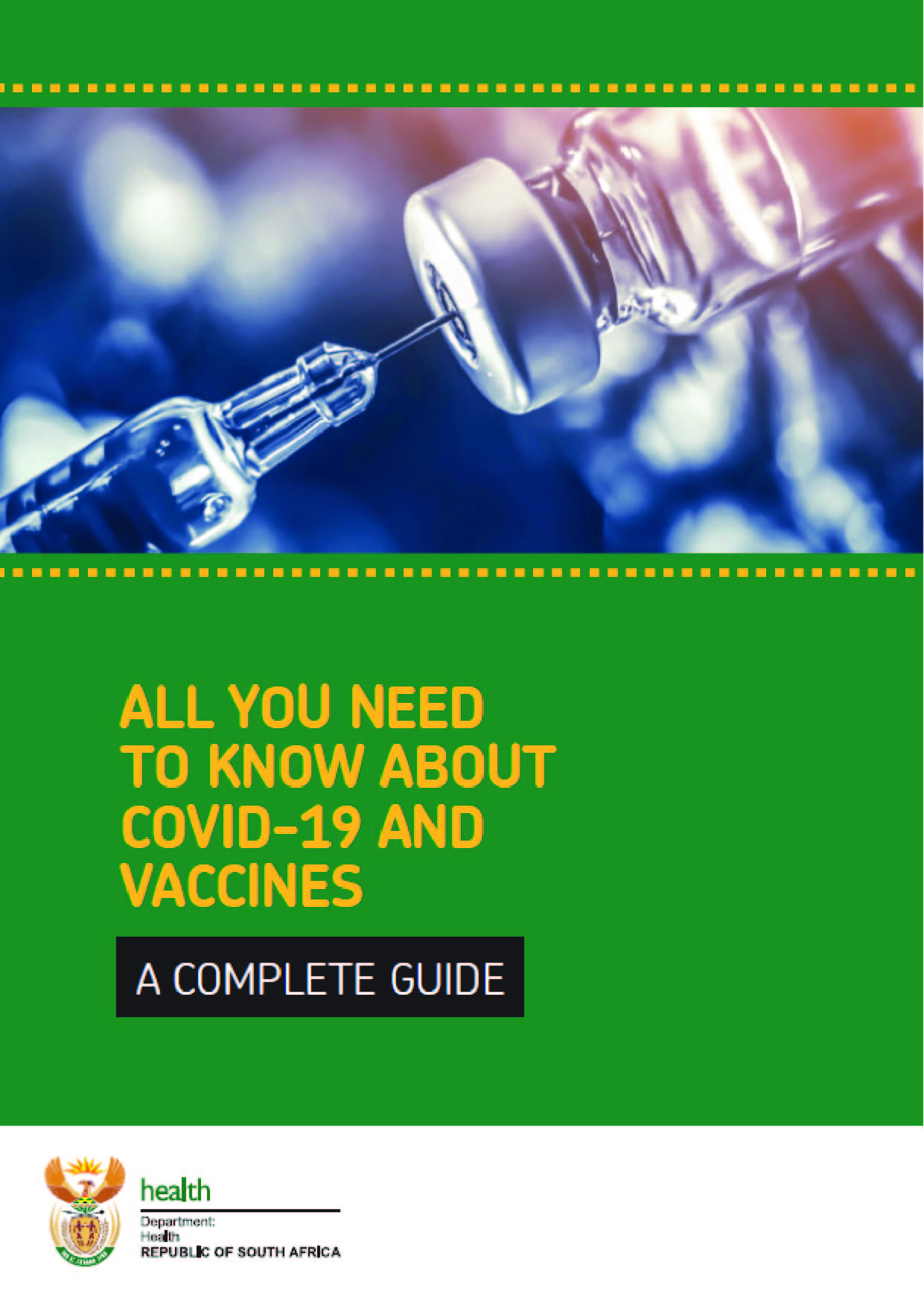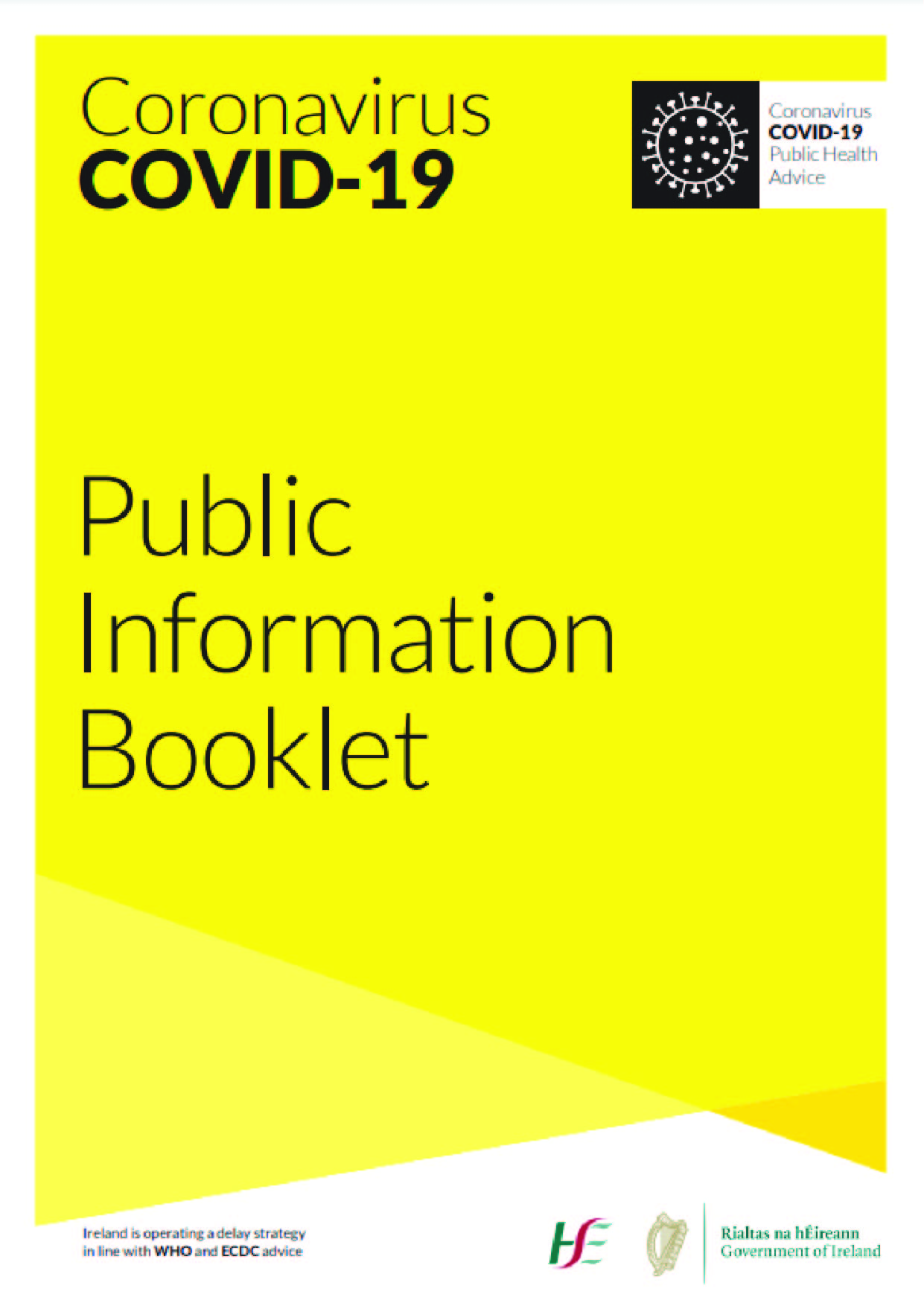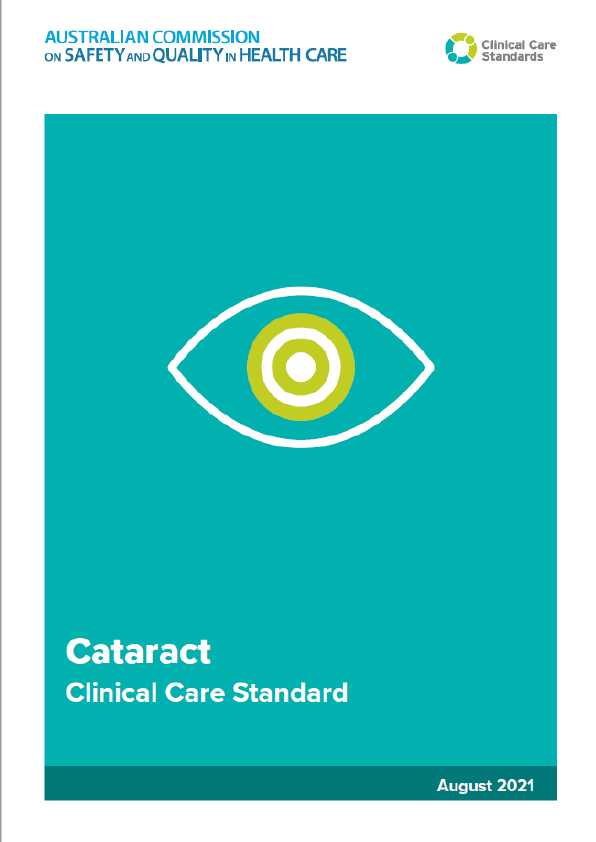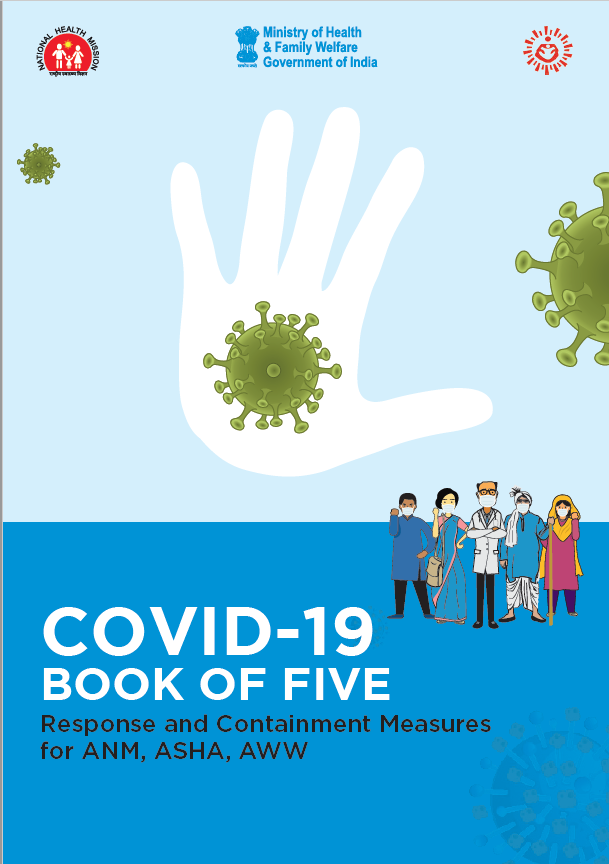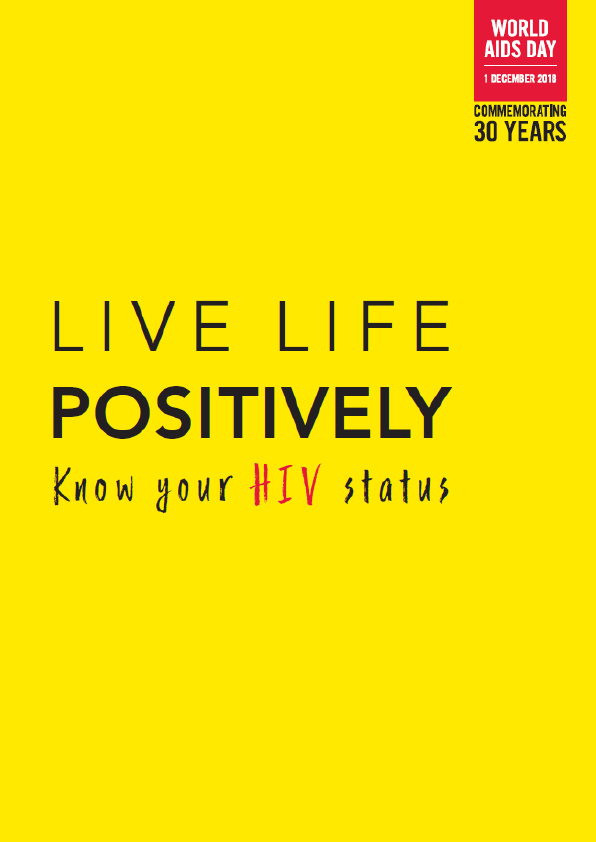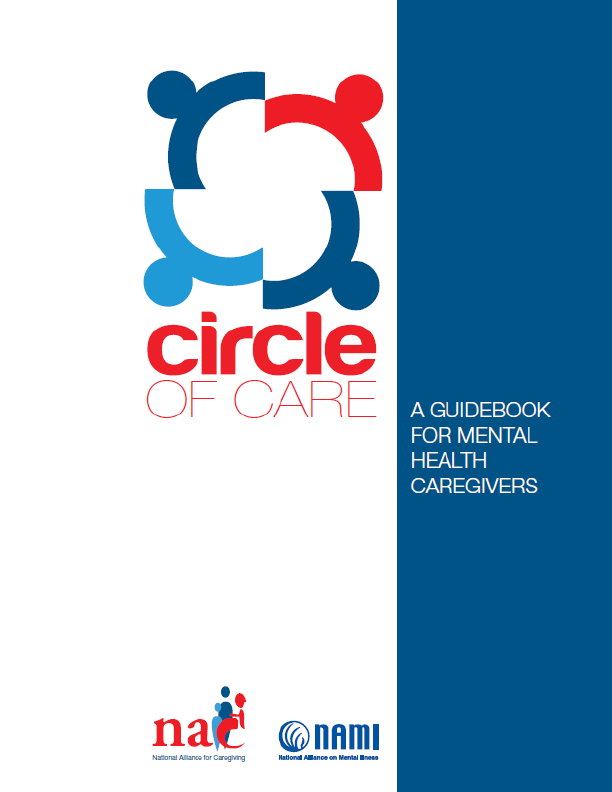Introduction
In health care, the use of effective and safe infection prevention and control practices is everyone’s responsibility. Infection prevention and control guidelines are mandated in hospitals to protect patients, health care personnel, and families from the transmission of organisms that cause infections. This chapter will review the principles of infection prevention and control practices, and the use of additional precautions and personal protective equipment to control and prevent the spread of infection in acute health care settings. The chapter also will explore surgical asepsis, the principles of sterile technique, and procedures related to sterile technique in the operating room and during invasive procedures.
Learning Objectives
- Define infection prevention and control practices, and list the principles and practices of infection control and prevention
- Explain how to perform hand hygiene using soap and water and alcohol-based hand rubs
- Describe how and when to use additional precautions and personal protective equipment
- Explain the difference between the three types of additional precautions: contact, airborne, and droplet
- Define blood or body fluid exposure and the steps to take if exposed
- Describe when surgical asepsis and sterile technique are used
- Explain the principles of sterile technique
- Describe how to perform various procedures such as surgical hand scrub, applying sterile gloves, and preparing a sterile field
Infection Prevention and Control Practices
Infection prevention and control (IPAC) practices are evidence-based procedures and practices that can prevent and reduce disease transmission, and eliminate sources of potential infections (PIDAC, 2012). When used consistently, IPAC practices will prevent the transfer of health care associated infections (HAIs) in all health care settings. HAIs, also known as nosocomial infections, are infections that occur in any health care setting as a result of contact with a pathogen that was not present at the time the person infected was admitted (World Health Organization[WHO], 2009a).
Two types of techniques are used to prevent infection in the hospital setting. The first, medical asepsis, or clean technique, has been used in the past to describe measures for reducing and preventing the spread of organisms (Perry, Potter & Ostendorf, 2014). The second, sterile technique, also known as sterile asepsis, is a strict technique to eliminate all microorganisms from an area (Perry et al., 2014). When a patient is suspected of having or is confirmed to have certain pathogens or clinical presentations, additional precautions are implemented by the health care worker, in addition to routine practices (PIDAC, 2012). These additional precautions are based on how an infection is transmitted, such as by contact, droplet, or air. Additional precautions use personal protective equipment (PPE), such as gowns, eyewear, face shields, and masks, along with environmental controls to prevent transmission of infection.
To reduce, and prevent the spread of, HAIs, routine practices, a system of recommended IPAC practices, are to be used consistently with all patients at all times in all health care settings (Public Health Agency of Canada [PHAC], 2012b). The principles of routine practices are based on the premise that all patients are potentially infectious, even when asymptomatic, and IPAC routine practices should be used to prevent exposure to blood, body fluids, secretions, excretions, mucous membranes, nonintact skin, or soiled items (PIDAC, 2012).
